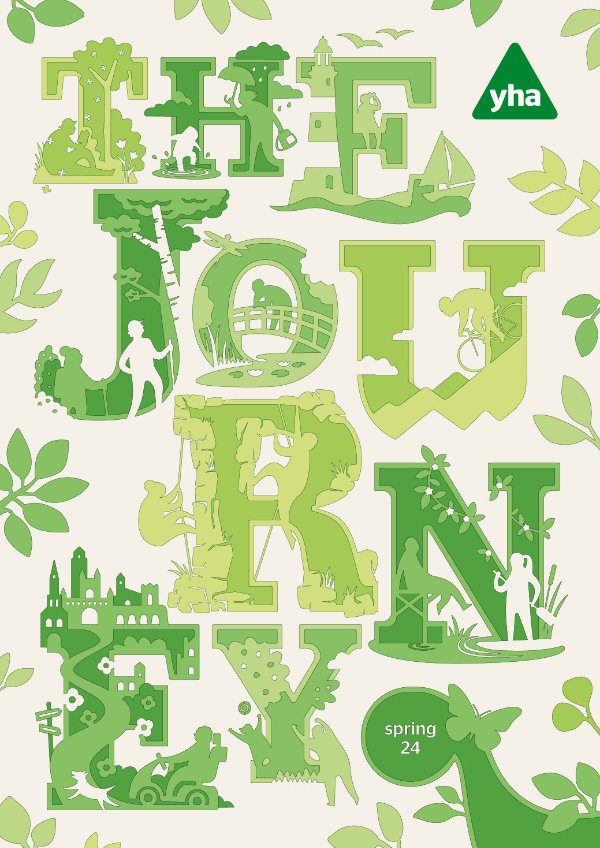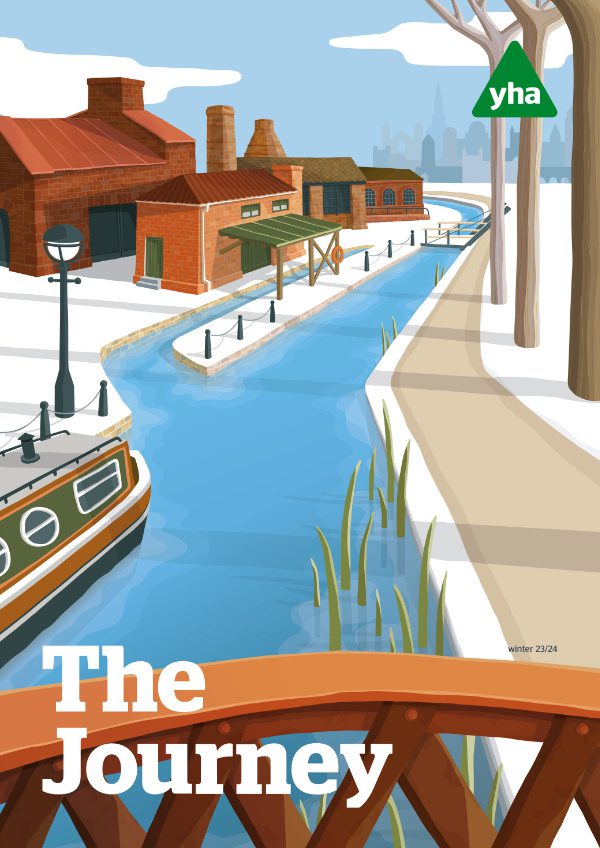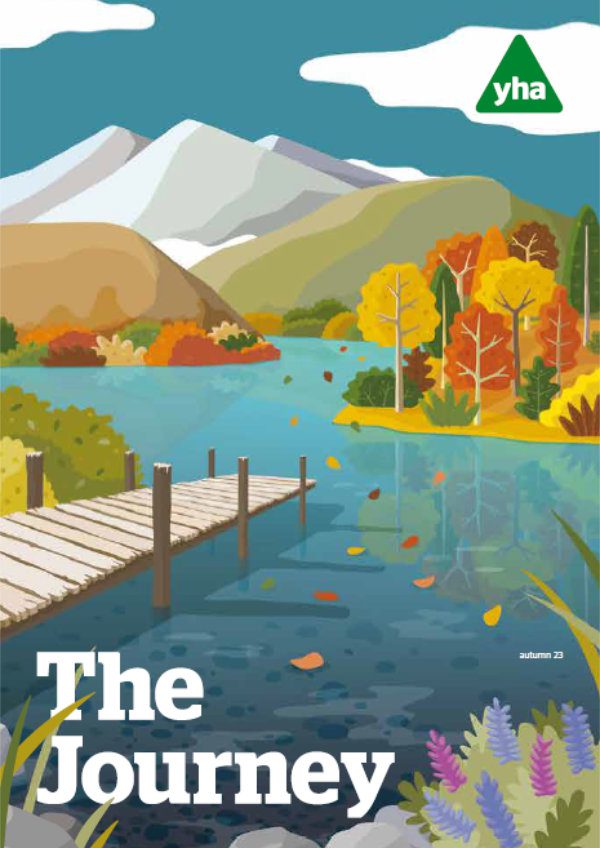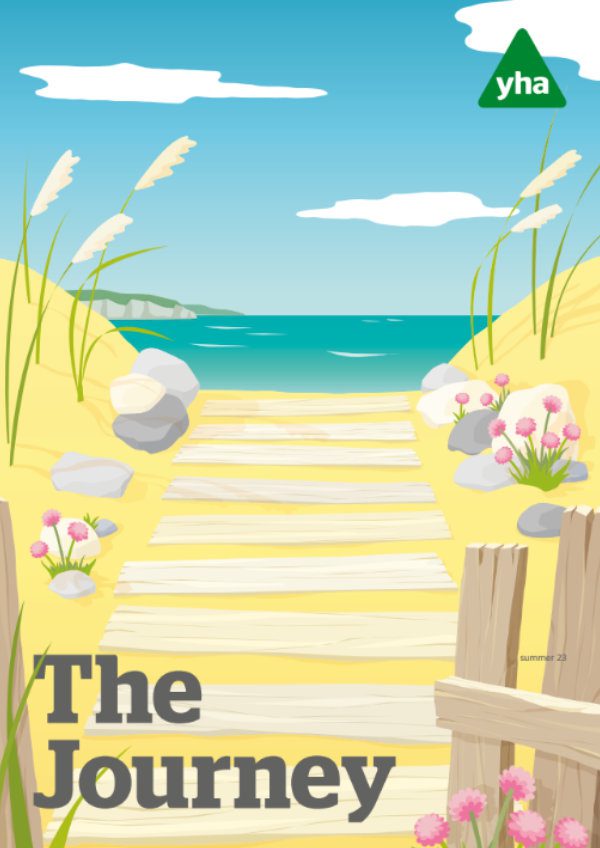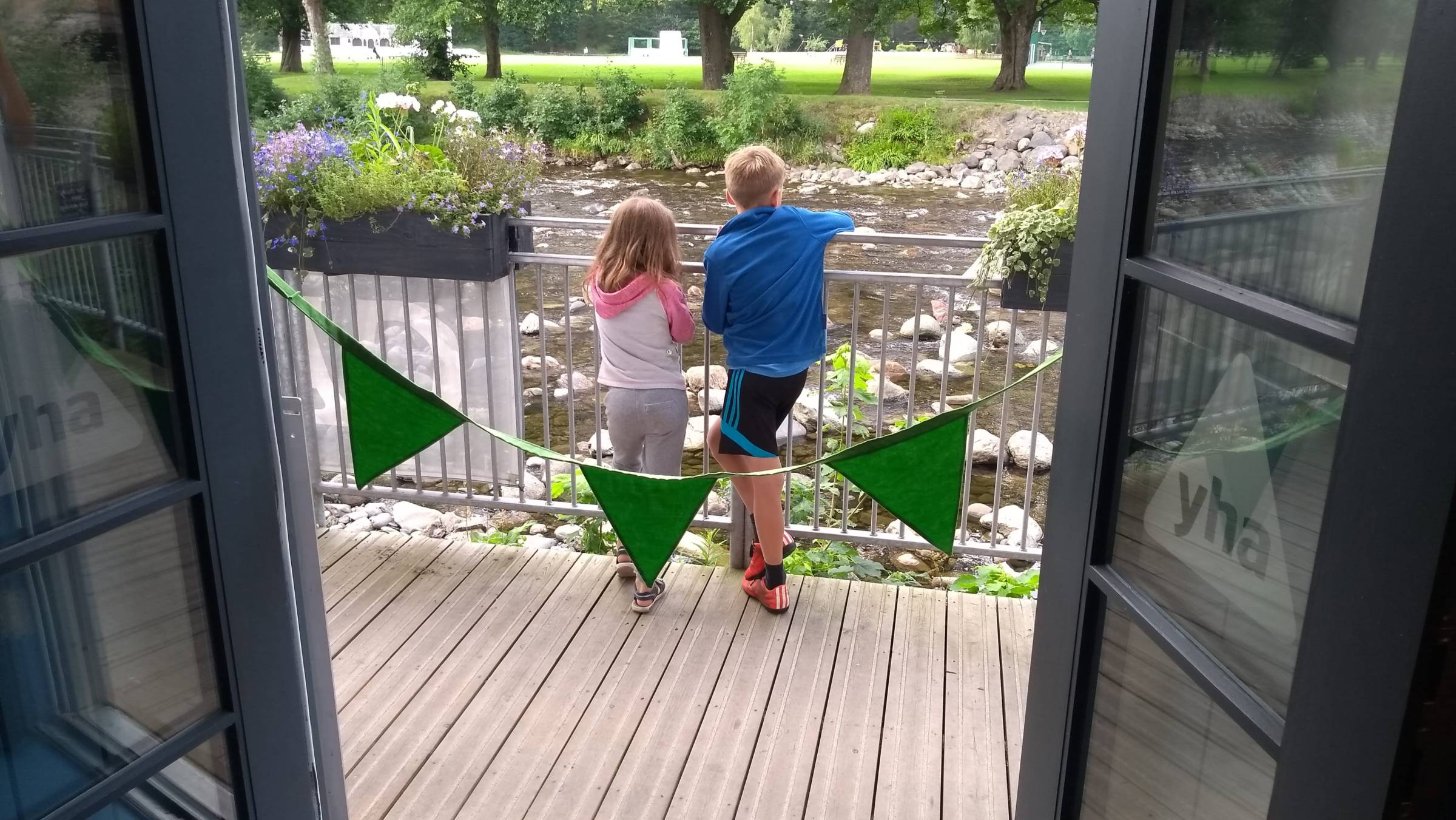Stretching 100 miles from Winchester to Eastbourne, the South Downs Way is perfect for a hostel-to-hostel mountain bike ride, as Daniel Neilson discovers.
The sun glimpsed over the Georgian townhouses and lit the face of King Alfred the Great. Well, his statue. The sun was to guide us east for exactly 100 miles, to Eastbourne along the South Downs Way. The statue is a Winchester landmark, erected in 1899, a thousand years after Alfred’s death, and seemed an apt place to begin our bike ride. Alfred, after all, liked an adventure. For three days, we would ride from the ancient city of Winchester to the seaside town of Eastbourne, across the undulating green contours of what Rudyard Kipling called the ‘blunt, bow-headed, whale-backed downs’. Adam, my companion, and I turned the first groggy crank of our mountain bikes and rode into the sun. Our journey had begun.
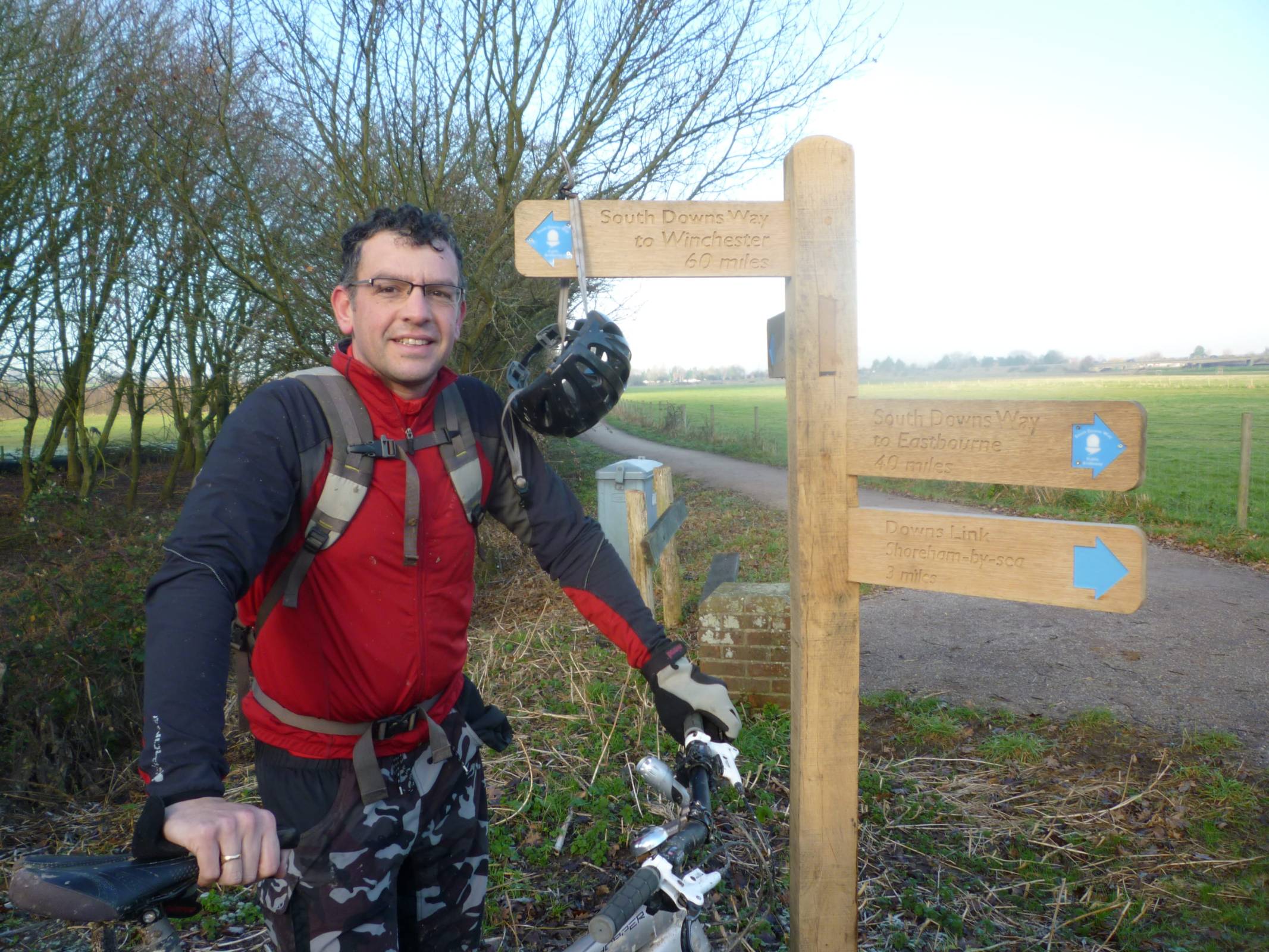

You might imagine the South Downs Way is all about blisters, stinging nettles and whizzing through amusingly named villages (Cocking, Winding Bottom) – and it is. But it also crosses the South East’s most beautiful countryside.
The South Downs Way is one of 16 National Trails in England and Wales, and follows the ridges of the South Downs. For most of the trail, walkers, horse riders and cyclists share the route, but occasionally the bridleway splits from the footpath, diverging completely on the last section between Alfriston and Eastbourne – walkers get the Seven Sisters and Beachy Head, while cyclists get the Long Man of Wilmington and panoramic views over the Weald.


Walking the trail takes around seven days, but on a bike we would take three days. A friend once did it in a day, but his calves are made of steel, and he doesn’t like pubs as much as we do. Speeding that fast along the trail is also to whizz, too quickly, through quaint villages such as Alfriston and Buriton, the ancient town of Lewes, and the drama and history of the chalk downs.
It also means missing the flora and fauna. Kestrels hover in the air before swooping down on unsuspecting field mice, and sparrowhawks and peregrine falcons are common sights.
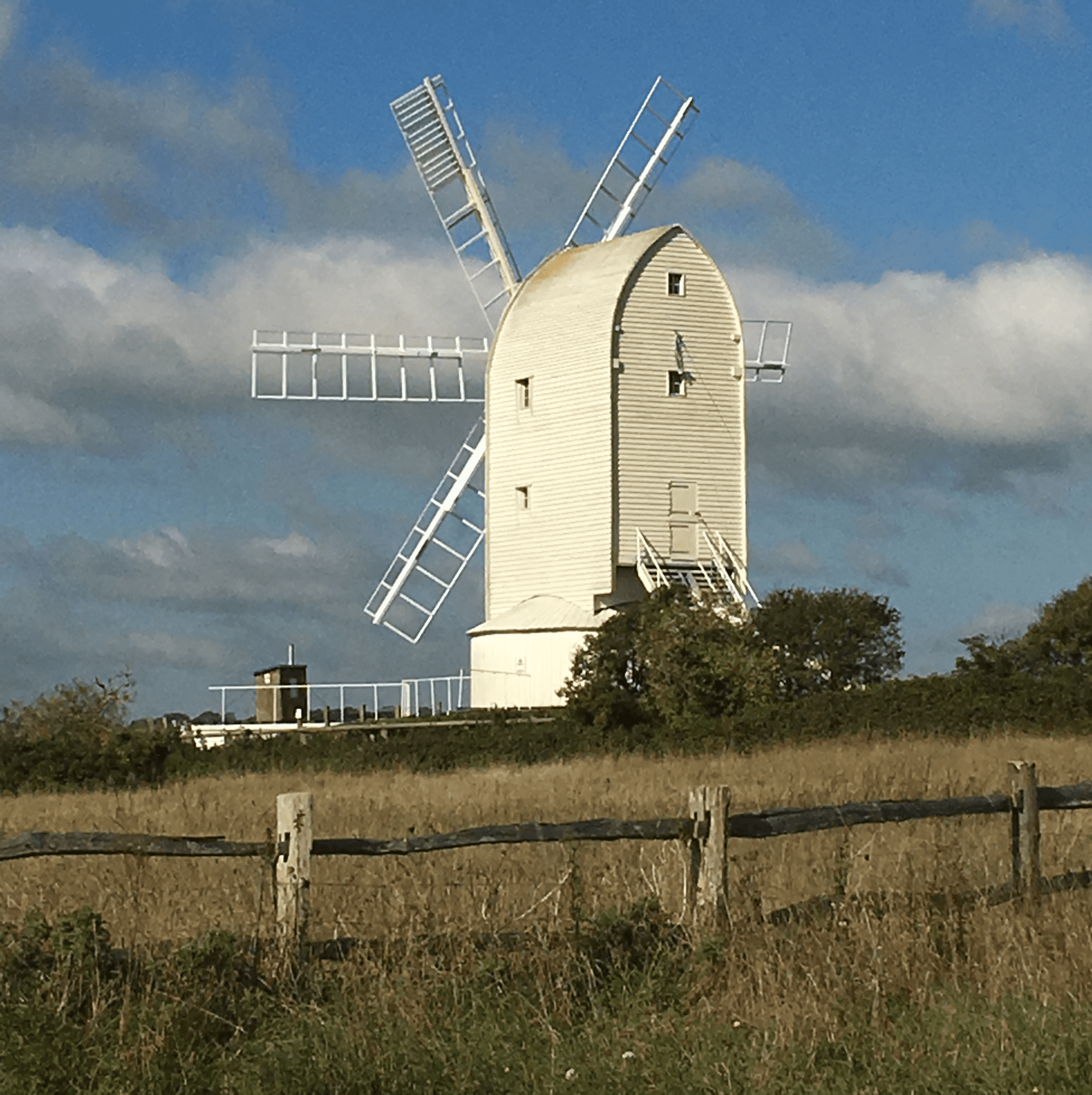
We’d linked up a couple of youth hostels along the way. Our route was to get a mammoth 60-mile day out of the way first and stay at YHA Truleigh Hill, have an easier day to YHA South Downs – allowing time to explore the heritage (and pubs) of nearby Lewes – before the last stretch to YHA Eastbourne.
This was the South Downs of the imagination. Although the area has been inhabited for around 6,000 years, it was
the relatively recent Bronze age residents who left the most significant marks. Firstly, they introduced sheep who chomped through the forests leaving the scrub and chalkland that defines the region today. They also left thousands of tumuli, burial sites, which still dot the South Downs and the Ordnance Survey maps, providing many of our reference points. If you see an unnatural looking mound along the route, it’s one of these.
Between Cocking and Amberley, we enjoyed the shade of the most wooded section of the trail, and decided that today wasn’t the day to explore Bignor Roman Villa (home to the best-preserved Roman mosaic in the country). Legend has it that at Chanctonbury Ring, an Iron Age hill fort now marked by a ring of trees, the devil offers soup for your soul. By the time we reached it, frankly, we were dead men cycling. Apt. YHA Truleigh Hill couldn’t arrive soon enough, but once the bikes were safely secured, it was beer, burger and bed in quick succession.

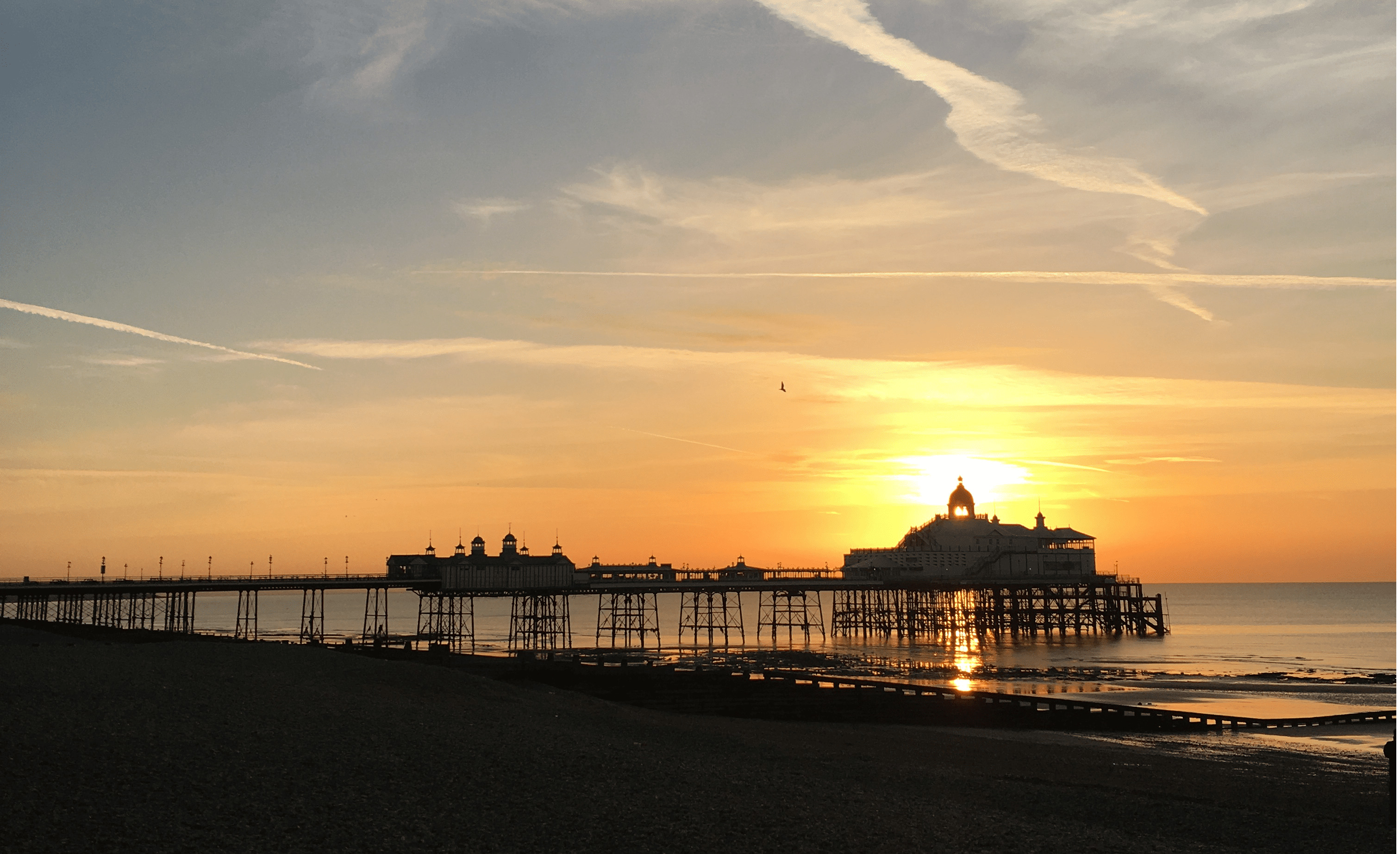
We’d proven ourselves now, and had two 20-mile days left. We had a slow morning, then took off towards Devil’s Dyke. This well-known landmark near Brighton is a plunging, vertiginous gulf, carved out from the chalk strata when the Ice Age snowfields retreated – or by the Devil himself if you believe the folklore. We stopped a while and watched the paragliders whooshing overhead and poked our noses in the Jack and Jill Windmills. A long climb to Ditchling Beacon followed. From here, it was a few more up-and-down miles to Lewes, a living museum with a medieval castle, Tudor mansions and a Victorian brewery, namely Harvey’s. Our short day allowed plenty of time to explore the town. We chatted with other cyclists at the Snowdrop Inn before the short ride to YHA South Downs, a brilliant hostel based in an old farmhouse.
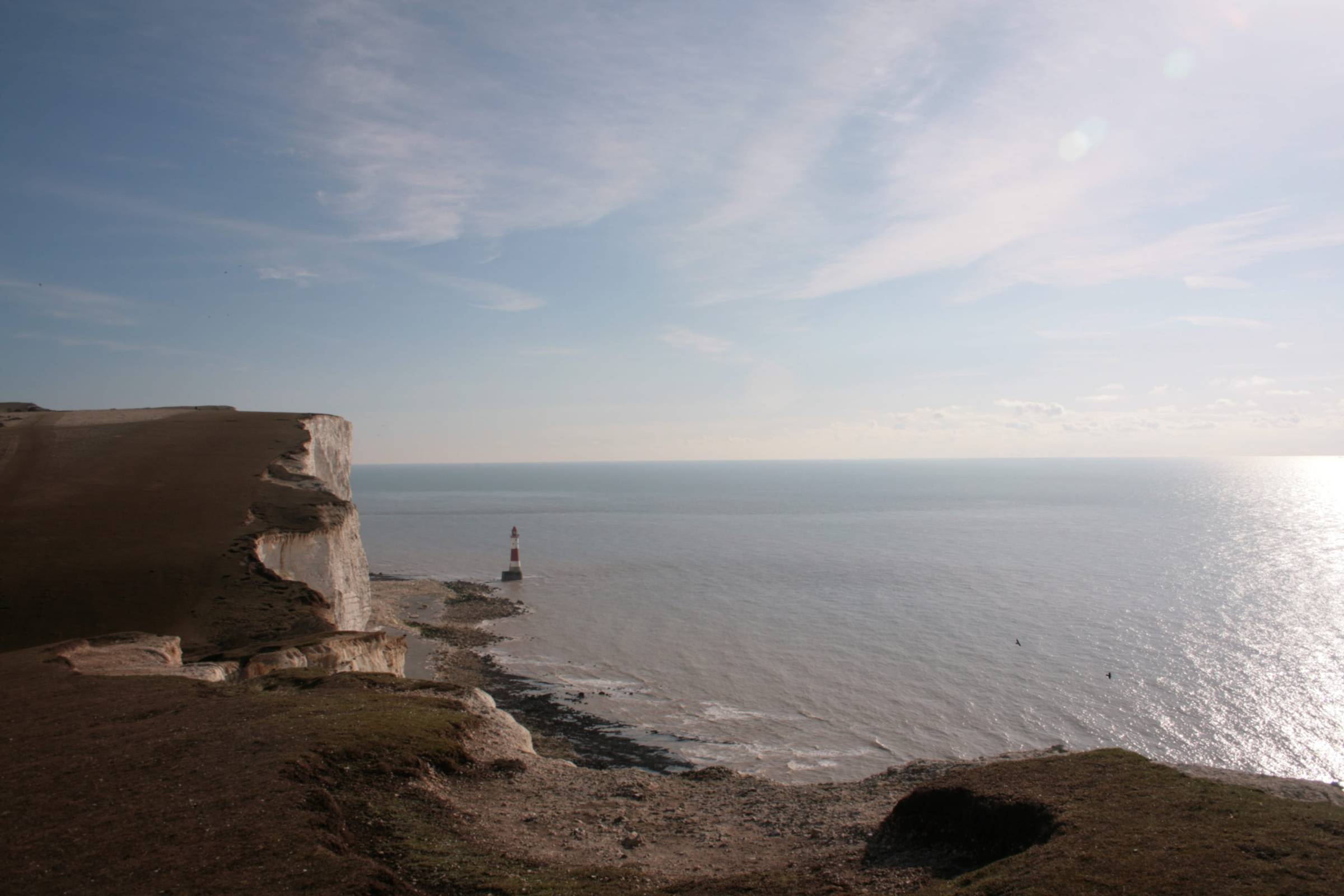
The ride started off serenely enough. Along deserted country roads out of the city, and onwards through sheep pastures and cornfields. We wheeled past the flint buildings of Meonstoke and Exton, then through Beacon Hill National Nature Reserve. We struggled up Old Winchester Hill and then back down to Whitewool Farm. It set a tone for the rest of the trip: calf-crunching ascents of the chalk scarp, jarring open downland and twisting downhills. None of it was technical singletrack, but much of it was over bumpy chalkland – and chalk, when wet, is like ice. (It’s worth repeating: like ice!).
The day’s halfway point was the 270-metre Butser Hill, the highest point along the South Downs Way. A killer ascent, the pay off being coffee and cake at the lovely cafe in Queen Elizabeth Country Park. We made a note to return to enjoy the singletrack routes in the park and climbed (again) out of the park on to open downland. Making decent time, we began to slow down. At Buriton, we stopped at the Five Bells and fuelled up. Tiredness was setting in. Our GPS watches were reading around 37 miles. A good day on a mountain bike, but we still had a fair way to go. From Buriton, the route began to climb onto the ridge of the South Downs, barely descending until YHA Eastbourne.

Cycling the final section from YHA South Downs to Eastbourne was to end on a high. From Alfriston, walkers head towards the sea for the final section along the chalk cliffs, but cyclists follow the bridleway back up onto the ridge and above the Long Man of Wilmington – thought to have been carved out in the 16th or 17th centuries – before heading down towards Jevington (and the lovely Eight Bells pub). The final climb of the day lifts you up onto the downs overlooking Eastbourne and, beyond, Hastings. The South Downs Way officially starts/ends at the seafront in Eastbourne, but we descended early and collapsed straight through the doors of YHA Eastbourne. We were exhausted. We were happy. And we’d definitely got a good snigger out of place names like Crapham Bottom and Butt’s Brow – but then again, three days away in the countryside, bouncing along trails, brings out a child-like enthusiasm.
Discover more about YHA.
